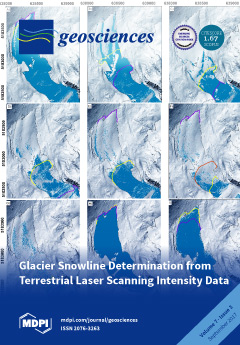The hazard index (HI) and carcinogenic risk due to the exposure of some potentially toxic elements to the Santiago Island (Cape Verde) population were calculated, considering soil ingestion, inhalation, and dermal contact as exposure pathways. The topsoil of Santiago Island, compared with that of the upper continental crust, is enriched with Co, Cr, Cu, Ni, V, Zn, Mn, and Cd. Hazard indices (HIs) for these metals and the As exposures to the Santiago Island population were calculated, and these calculations were performed for children and adults. For children, HIs were higher than 1 for Co, Cr, and Mn. Therefore, there is an indication of potential non-carcinogenic risk for children, due to the high Co (HI = 2.995), Cr (HI = 1.329), and Mn (HI = 1.126) values in these soils. For the other elements, in adults, there is no potential non-carcinogenic risk. Cancer risk for As, Cd, Cr, and Ni exposures, in adults and children, was calculated, and the results are mainly lower than the carcinogenic target risk of 1 × 10
−6 for As, Cd, and Ni. However, in adults, cancer risk is higher than the carcinogenic target risk for Cr. Regarding As, for children, the fraction due to Risk
ingestion represents 51.6%, while Risk
inhalation represents 48.0% and Risk
dermalcontact represents only 0.4% of the total risk. For adults, Risk
inhalation represents 81.3%, Risk
ingestion represents 16.6%, and Risk
dermal contact represents 2.1%. These results reflect the higher daily ingestion dose for children and the higher inhalation rate and higher dermal contact surface for adults. For the other elements, the cancer risk due to Cr, Ni, and Cd inhalation is always higher for adults than it is for children, reflecting the higher inhalation rate for adults.
Full article





